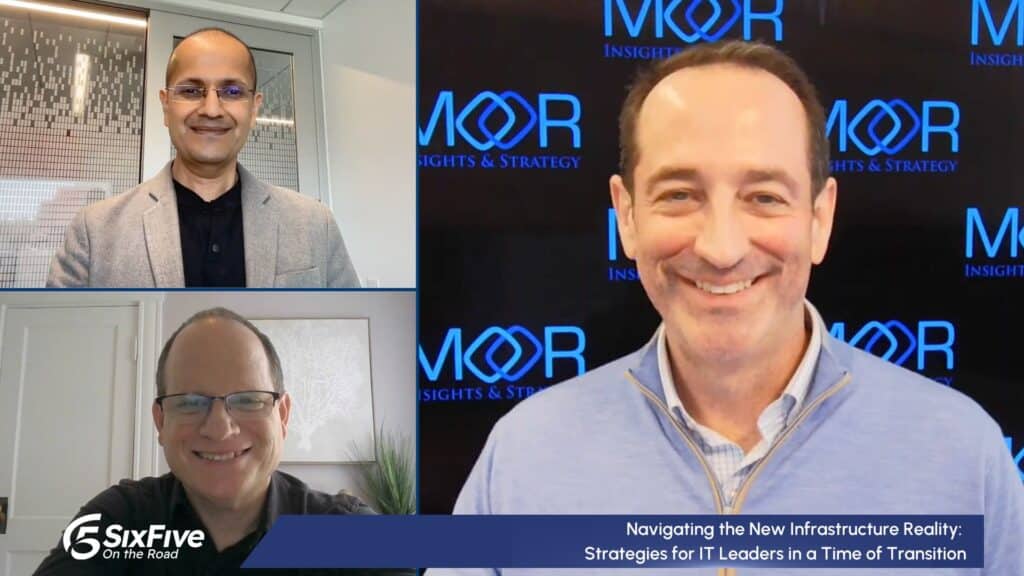From a commercial perspective, personalization was once limited to marketing or sales activities, often tied to specific actions, such as a previous purchase or a direct-mail offer. However, personalization across the entire customer journey has become a key differentiator for some companies and is likely to become table stakes over the next few years.
A key driver of the shift toward greater amounts of personalization is the use of digital sales, marketing, and fulfilment tools, which allows both digital and real-world actions to be associated with an individual or group of individuals, with relatively little extra effort. The ability to track, monitor, and analyze specific customers, as well as customers with similar traits (sometimes referred to as personas) can be extremely valuable in creating a personalized journey that demonstrates that a company truly cares about the customer’s needs and desires, beyond simply making a sale.
There is value in personalization to both the customer and the organization. From the customer’s perspective, a more personalized approach to marketing and sales means more relevant content and offers, and, depending upon the provider, a personalized approach ensures that all interactions are conducted through the channel of choice, rather than a one-size-fits-all approach.
For the organization, personalization can lead to the creation of a more targeted sales and marketing strategy, which can result in increased sales, greater loyalty, and, in some cases, a deeper relationship with the customer, perhaps leading to the development of an evangelist. In addition, while requiring an initial investment of time and money, personalization can lead to greater efficiency across any number of functions, including sales, marketing, customer service, and technical support, as pertinent information on the customer’s preferences and interaction history can be used to identify successful messaging and marketing approaches, predict future product purchases, and, most importantly, help eliminate processes, products, or approaches to which the customer clearly does not respond.
Personalization efforts require the following elements:
Data
Personalization cannot occur without data, and lots of it. The most successful personalization programs will incorporate zero-party data (data provided willingly by the customer), first-party data (browsing and digital data captured on the organization’s websites, mobile applications, and other digital platforms), real-world data (e.g., insights gathered via a retail store), and third-party data sources, such as opt-in data captured by partners. Strong data governance, privacy, and security policies must be implemented to protect unauthorized use of customers’ information, as well as comply with the increasing number of data regulations, such as the General Data Protection Regulation (GDPR) and the California Consumer Privacy Act (CCPA).
Tools and Technology
Even if an organization captures a significant amount of data, it needs to ensure that all people and systems that need it can easily access, segment, and analyze the data. Most popular customer relationship management (CRM) and customer data platform (CDP) software is being designed to allow data to be shared among applications and systems, as well as across various channels, such as voice, data, social, SMS, and mobile applications, to name a few. Aligning various systems to work together and pull in the same direction can help enable delivering a truly personalized customer journey across any touch point and any channel, but this approach requires significant planning, testing, and refinement, in order to create a system that is efficient and functional.
Customer Feedback
It makes little sense to develop personalized tools and programs that do not resonate with customers. Each industry and customer type is likely to have different needs and thresholds for the degree and amount of personalization. Perhaps the most important aspect is to capture feedback from customers on what types of personalized features and functions they desire, as well as specific limits or guardrails they want in terms of privacy or anonymity. Only after capturing this feedback, and then developing and analyzing customer personas, can a full personalization plan be developed. For example, customers of a women’s health provider are likely to have very different needs and concerns about personalization, compared with an average Netflix user. For organizations seeking to deliver more personalized experiences, a good first step is to create a cross-functional team to develop and test specific use cases and approaches. Analytics and technology professionals will be critical to the program, as will finding the right external technology or consulting partners to help fill in knowledge, technology, or experience gaps. Good leadership from the top of the organization is also extremely important, as it not only ensures that projects will not die on the vine, but that strong leadership can also help motivate rank-and-file employees to get on board and support new initiatives. The end goal should be efforts that not only deliver more personalization, but an improved overall CX with less friction, more convenience, and real value to the customer.
Author Information
Keith Kirkpatrick is Research Director, Enterprise Software & Digital Workflows for The Futurum Group. Keith has over 25 years of experience in research, marketing, and consulting-based fields.
He has authored in-depth reports and market forecast studies covering artificial intelligence, biometrics, data analytics, robotics, high performance computing, and quantum computing, with a specific focus on the use of these technologies within large enterprise organizations and SMBs. He has also established strong working relationships with the international technology vendor community and is a frequent speaker at industry conferences and events.
In his career as a financial and technology journalist he has written for national and trade publications, including BusinessWeek, CNBC.com, Investment Dealers’ Digest, The Red Herring, The Communications of the ACM, and Mobile Computing & Communications, among others.
He is a member of the Association of Independent Information Professionals (AIIP).
Keith holds dual Bachelor of Arts degrees in Magazine Journalism and Sociology from Syracuse University.







